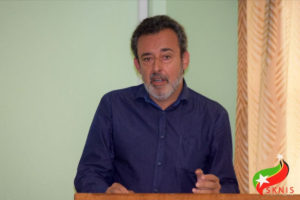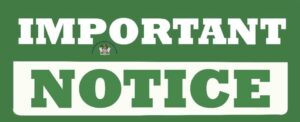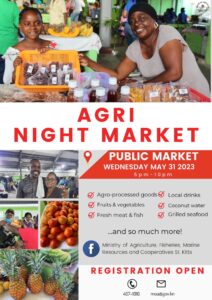Published 30 July 2019
Buckie Got It, St. Kitts and Nevis News Source

GUSTAVO WICKI

RANDY ELLIOT.
The workshop was facilitated by Gustavo Wicki from the prestigious South American National Aquaculture Center (CENADAC) and Austin Stankus of the Food and Agriculture Organisation (FAO), and has as its objectives to provide technical assistance to the Government of St. Kitts and Nevis and stakeholders and build capacity in methods of producing fish silage; build capacity in methods of data collection and analysis on fish losses and wastes; validate a feasibility study of the production and use of fish silage and other value added products from fish wastes in St. Kitts and Nevis; and develop partnerships with Government, NGO’s and key stakeholders towards creating viable business opportunities for fish silage production and use.
Randy Elliot from the Department of Agriculture (Nevis) said that the purpose for this project is to see how feasible it is for the Federation of St. Kitts and Nevis to make food using waste from fish for livestock.
He said that in their research at the Department of Agriculture, “the island of Nevis alone, imports almost 650,000lbs of feed just for pigs … and we import almost 777,000lbs just for layers.”
He went on to say that based on the number of pounds being imported simply for the feed, this is why the fish silage is important to the Department of Agriculture in an attempt to cut importation costs.
“Once we’re able to mesh this project and offer a cheaper source of feed for our farmers, our consumers would then be able to reap the benefits of this project,” Mr. Elliott said.
Fish Silage as defined by the Food and Agriculture Organisation is defined as a liquid product made from the whole fish or parts of fish. It usually consists of minced fish by-products or minced whole fish not suitable for human consumption. The silage can be fed directly to animals such as pigs and if it does not meet the quality for feed purposes then it can be used as a fertilizer.
The FAO estimates that in 2012, globally approximately 1.3 billion tonnes per year of food produced for human consumption was lost or wasted. According to these sources, the losses and wastes in the fisheries sector amounted to 35%. This percentage is almost twice that of meat, and overall fish and seafood have the highest loses and wastes among the food products of animal origin. This finding is likely connected with the perishable nature of this food commodity. Not only do losses constitute lower income for fishers, processors and traders but they also contribute to food and nutrition insecurity—a loss of fish means less fish available for the consumer, and fish is an important source of protein, essential fats and micronutrients.





